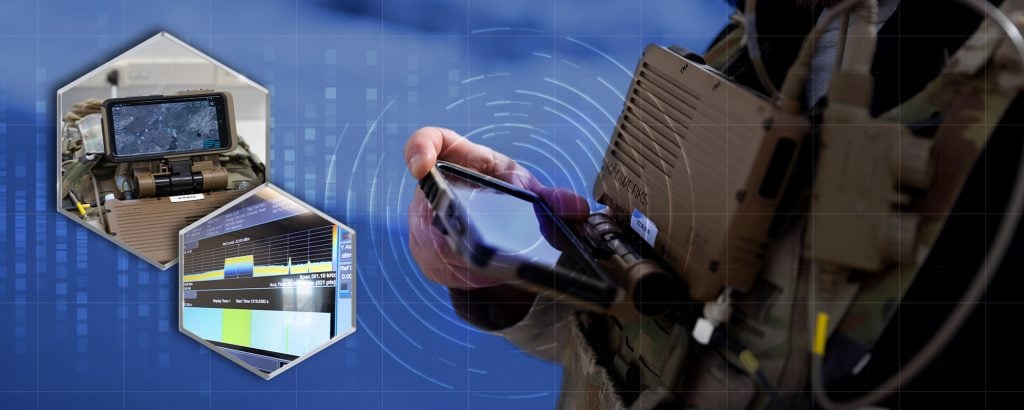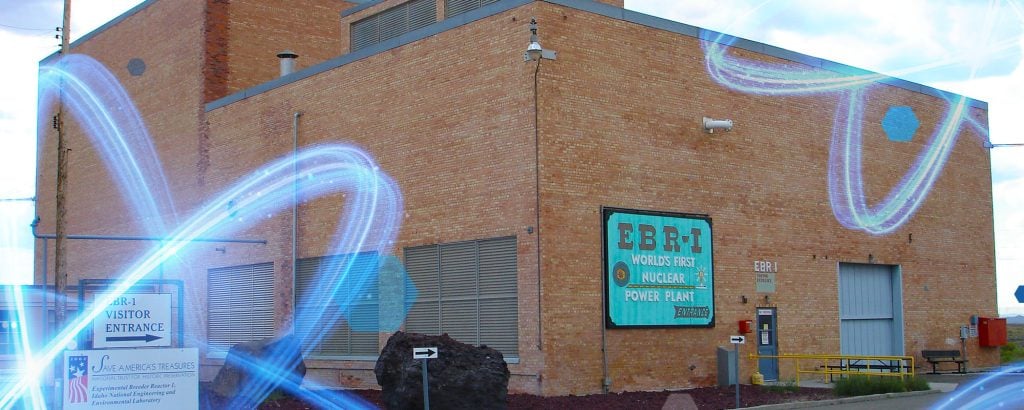
Idaho researchers collaborate with US company to develop novel nuclear fuel to preserve, improve today’s reactors
Father and son entrepreneurs Mehul and Milan Shah have patented a new nuclear fuel design that could reduce nuclear waste, enhance safety and lower costs for







